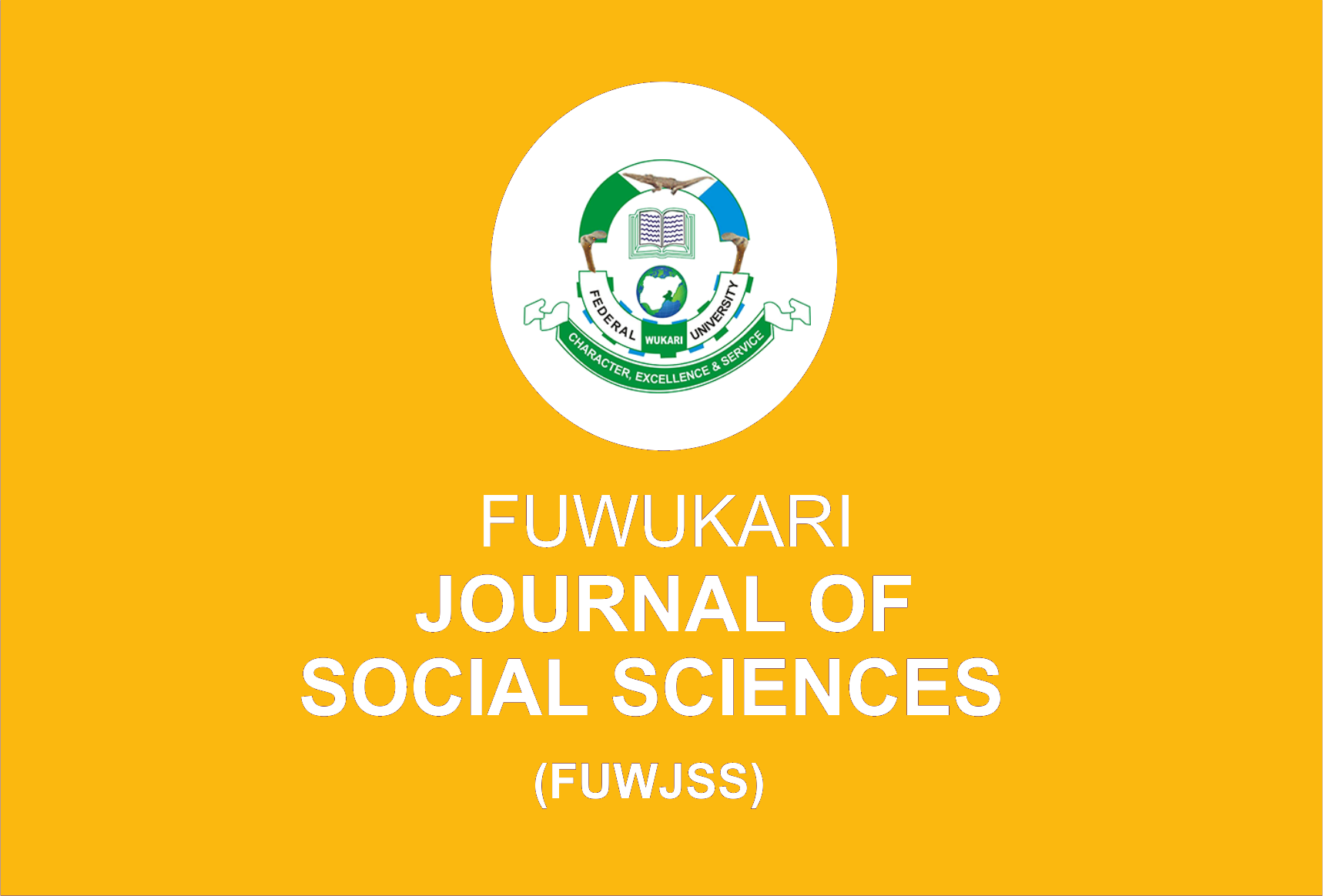Crude Oil Price Fluctuation And Economic Growth In Nigeria
Danjuma Irinyang Joro, Samuel Paabu Adda
Keywords: Oil price, economic growth, NARDL Model, agriculture
Abstract
The study examined the effect of oil price fluctuations on economic growth in Nigeria. The study used time series quarterly data ranging from the 1st quarter of 1986 to the 2nd Quarter of 2022 (1986: Q-2022:Q2). The Augmented Dickey-Fuller (ADF) and Phillips–Perron (PP) unit root tests were employed to examine the stationary properties of the time series data. This also includes Non-linear Autoregressive distributed lag method (NARDL) Bound test to examine long-run relationship among the variables and to evaluates asymmetry effects of oil price fluctuation on economic growth in Nigeria. The ADF and P-P unit root tests found that the variables were stationary at the first difference. The NARDL bound test confirmed long-run relationship among oil price fluctuation, exchange rate, inflation rate and economic growth in Nigeria for the period of the study. The study further revealed that both positive and negative changes in oil price fluctuation, exchange rate and inflation rate have positive and significant effect on economic growth in Nigeria in the long-run but indicated negative effect on economic growth in the short-run. Consequently, the study recommends that the Nigerian federal government should workout modalities through public-private partnership to increase petroleum refining capacity of Nigeria so as to become a major exporter of refined oil products rather than depending on crude oil export. The federal government should also intensify effort to strengthen the naira against foreign currencies through increase investments in addition to intensifying efforts in export promotion so as to bring in more foreign earnings.
Author Biography
Danjuma Irinyang Joro, Samuel Paabu Adda
Department of Economics, Faculty of Social Sciences, Federal University Wukari, Taraba Sate, Nigeria
Corresponding author: [email protected]

